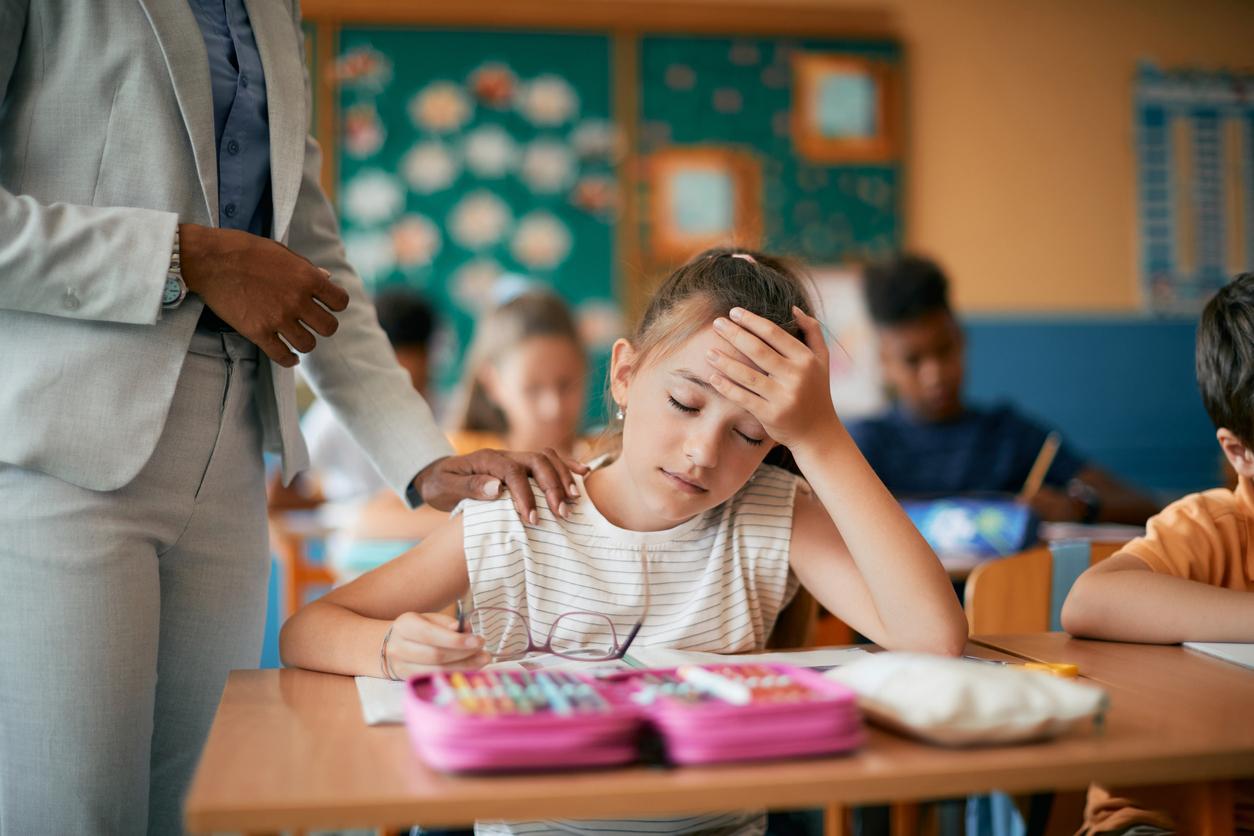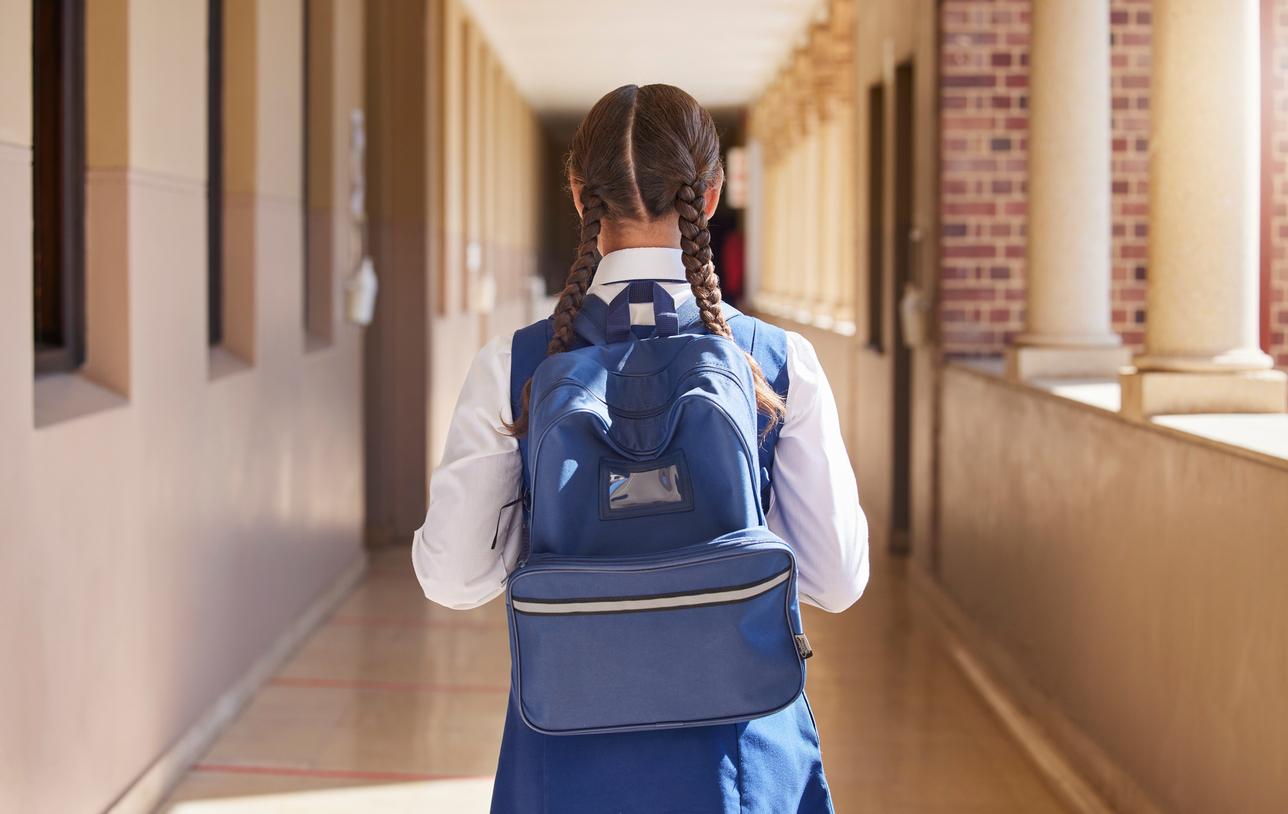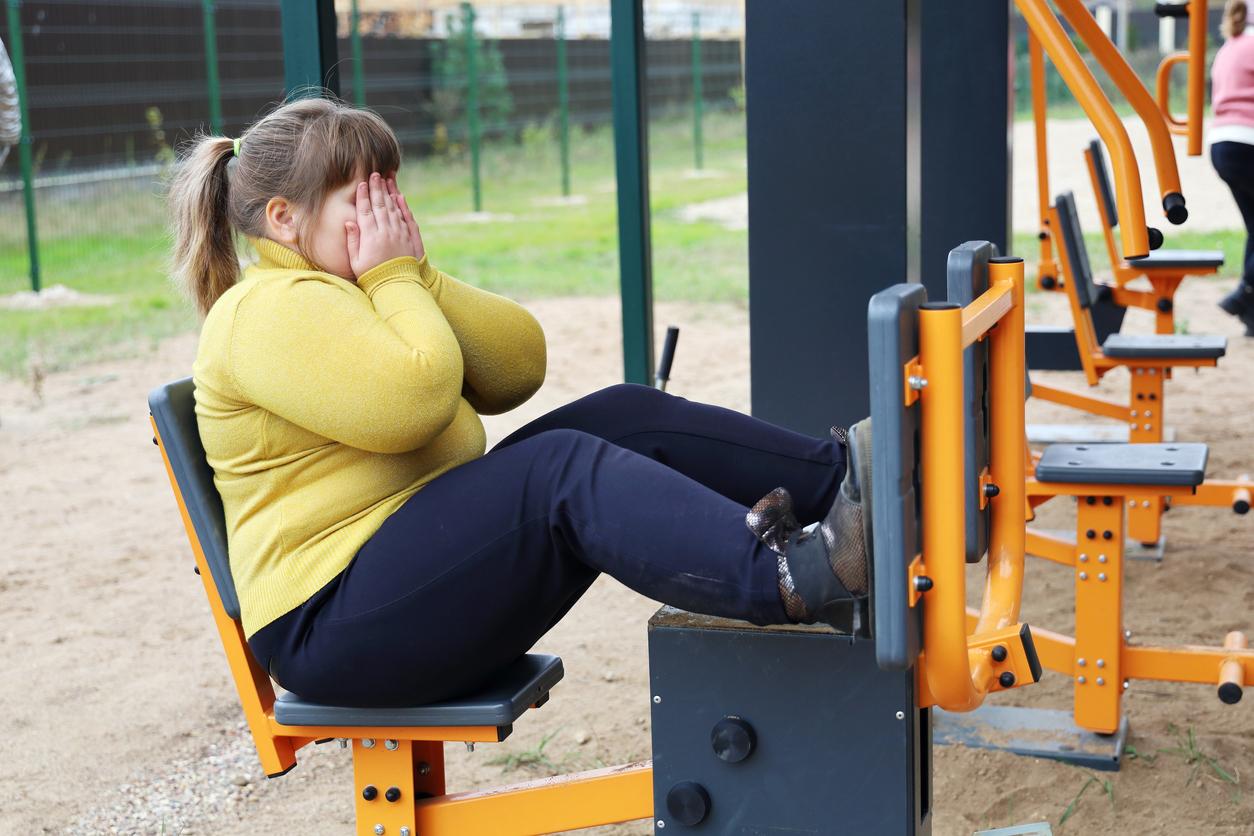The practice of rugby at school would be dangerous, according to British experts. In a study published in the BMJ, they call for strengthening of protective measures.

Rugby at school in the sights of doctors! One in eight children is at risk of serious injury while playing this sport, according to a study by British researchers. These scientists therefore warn against the dangers of rugby among children, at a time when the English government has launched a vast plan to develop sport in schools. There, the oval is practiced from the age of 8 in the school setting.
10% risk of serious injury
“Contact sports, including rugby, are dangerous for children,” said Prof. Allyson Pollock and his colleagues, public health researchers at Queen Mary University in London. In the works they published in the British Medical Journal, they explain that in each sporting season, young people have a 10% risk of being injured seriously enough to stay away from the field for at least a week.
Non-reversible disabilities
In addition, while some injuries are mild, others can leave non-reversible disabilities. Concussions and spinal injuries are the most serious in rugby, report these doctors. In a recent editorial published in the BMJ, pediatric neurosurgeon Michael Carter explained: “Along with three of my colleagues, we have recorded 20 serious rugby-related injuries in children over the decade. We diagnosed five serious vertebral fractures (two with significant neurological sequelae), several skull fractures, as well as intracranial injuries and hematomas, some of which were responsible for arterial dissection. Two children died from their injuries ”.
To explain this observation, Prof. Allyson Pollock mentions insufficient prevention strategies across the Channel, to avoid these serious injuries. Indeed, unlike New Zealand, for example, Great Britain does not offer enough training to protect its young players.
The protection program to adopt
Professor Pollock is therefore “worried” about the British government’s plan and recommends strengthening protection measures, as well as a prevention program to be introduced in schools. This would consist on the one hand in having children play by size groups rather than by age. On the other hand, “to have fewer players on the field at the same time, in order to reduce the frequency and severity of injuries,” she emphasizes.
In addition, she believes that first aid equipment should also be available on each site.
Finally, according to her, all coaches should be trained in the prevention and management of injuries that can be caused by these contact sports.
France not spared
In France, the 2008 bulletin of the Institut de Veille Sanitaire (InVS) on trauma linked to the practice of rugby also seems to agree with these researchers. In amateur players, head and neck injuries account for 25% of all injuries – and 11% in young people (up to 19 years). However, children and adults are particularly exposed to concussions, even if they remain marginal. In France, rugby union and rugby union are mainly practiced in the great southwest, by nearly 275,000 licensees (including 266,000 licensees in rugby union).
.

















